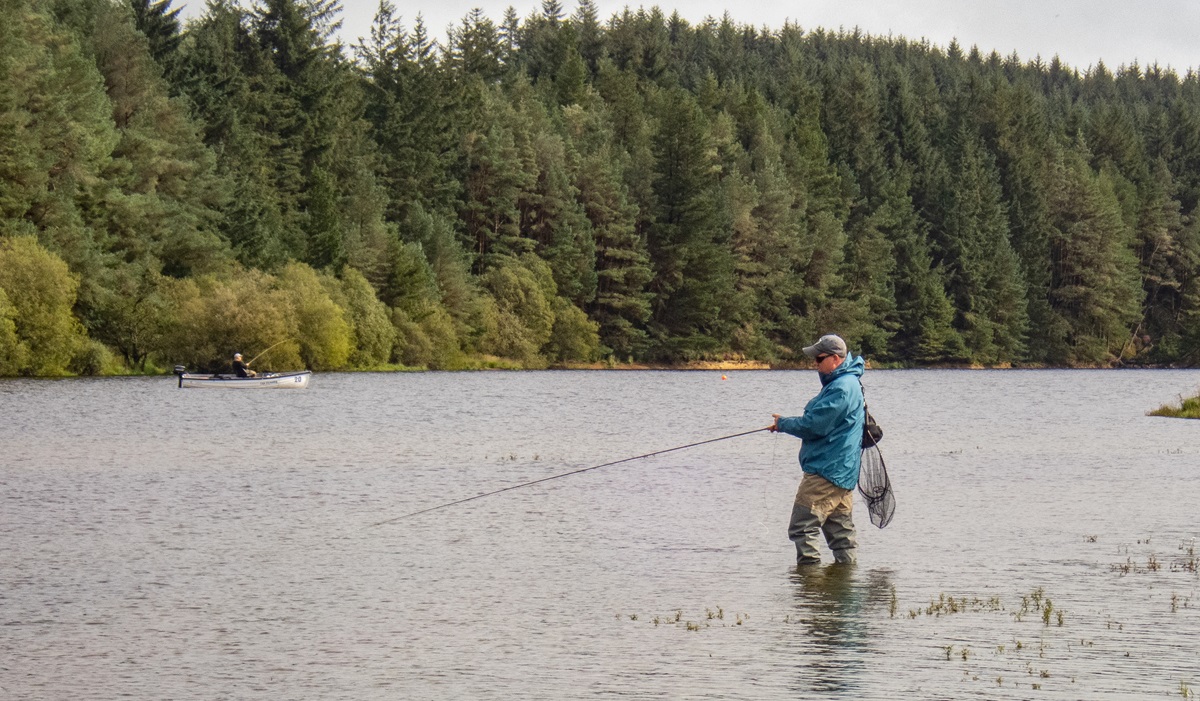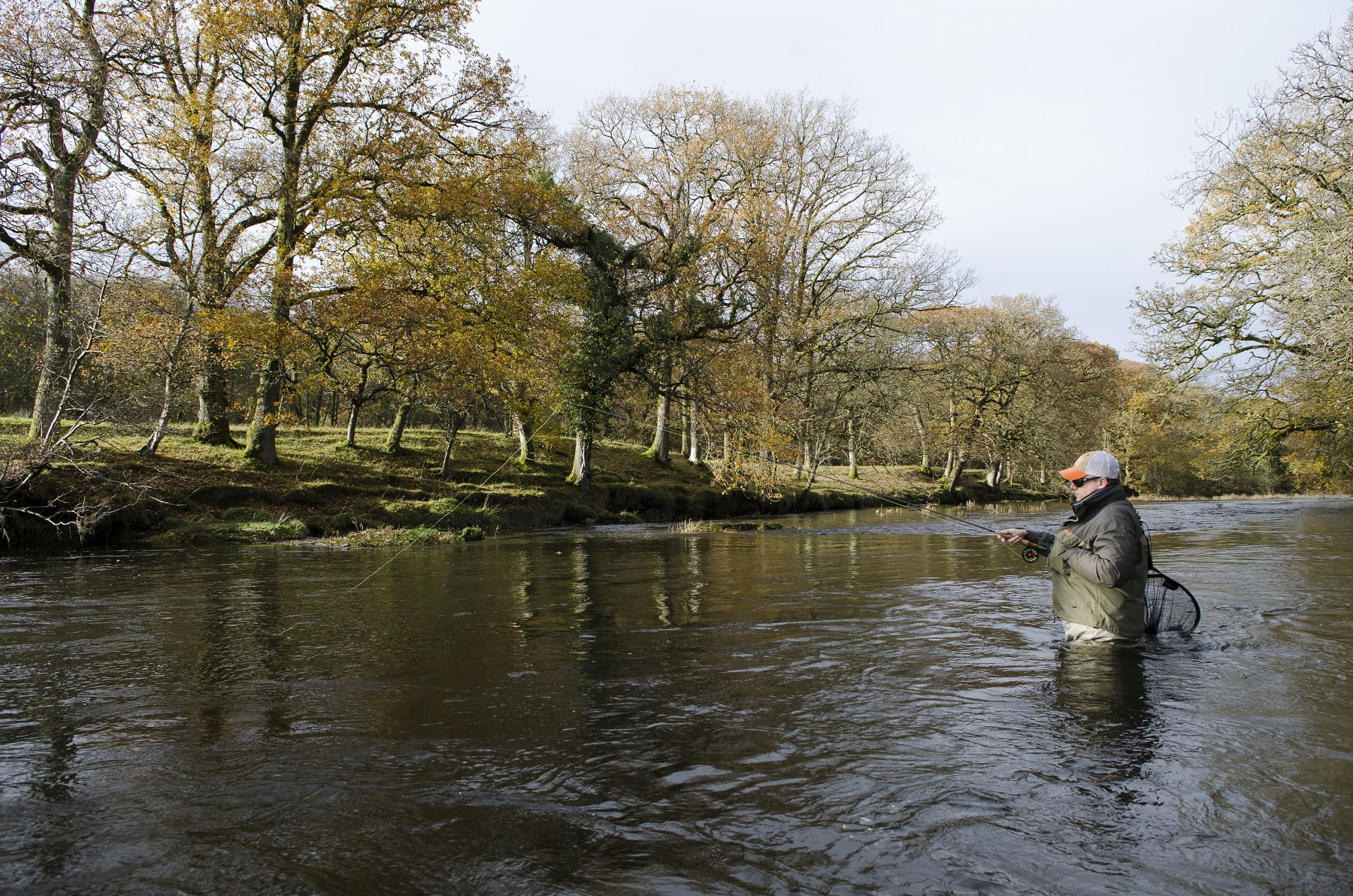Estuary Flounder Fishing In Wales
Dave Lewis explains why the winter period is not to be missed for fantastic sport with flounders.
Certainly the autumn and winter periods are one of the most productive times of the year to fish for flounder. A time to avoid fishing most estuaries is following heavy rain inland, or worse still when snow melt is running off into the rivers. While flounder show more tolerance towards fresh water than pretty much any other species of salt water fish, they dislike flood water.
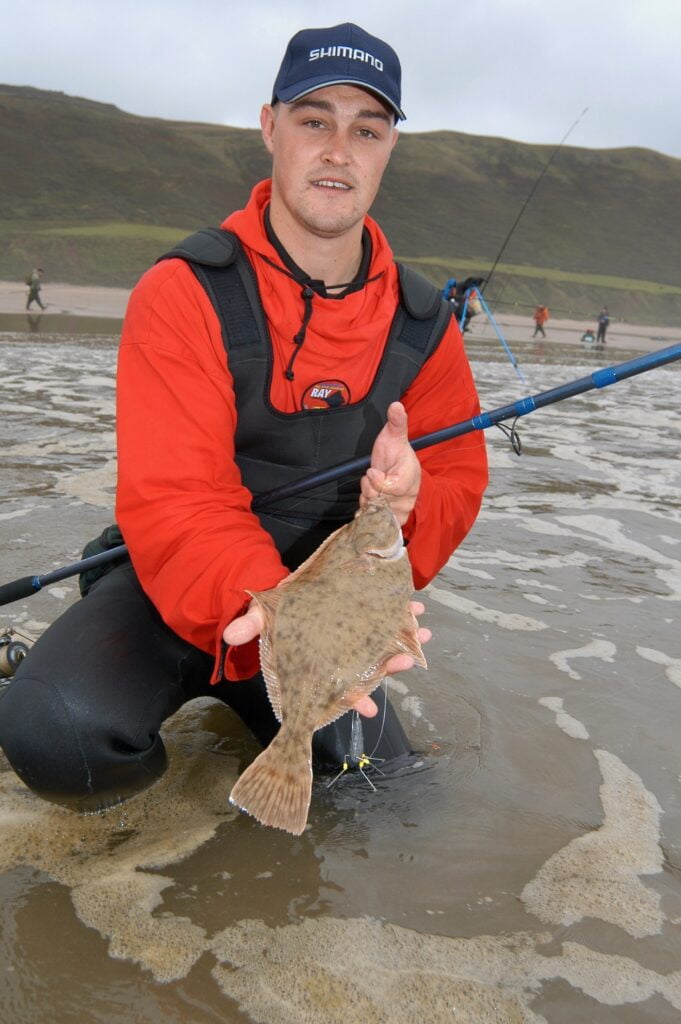
Fishing for flounder in a tidal estuary is as simple or as complicated as you care to make it, and never has the saying using the right bait, in the right place at the right time had more relevance than when planning to fish an estuary.
The size and stage of tide you fish for flounder is critical. From my experience on most estuaries the optimum time to fish is about three hours either side of high water on a small neap to mid-range tides. Forget trying to fish an estuary on a big spring tide.
When it comes to choosing a terminal rig, personally I think you’ll not go wrong with a basic two or three hook paternoster rig tied with long snoods to ensure the bait is always lying hard on the bottom.
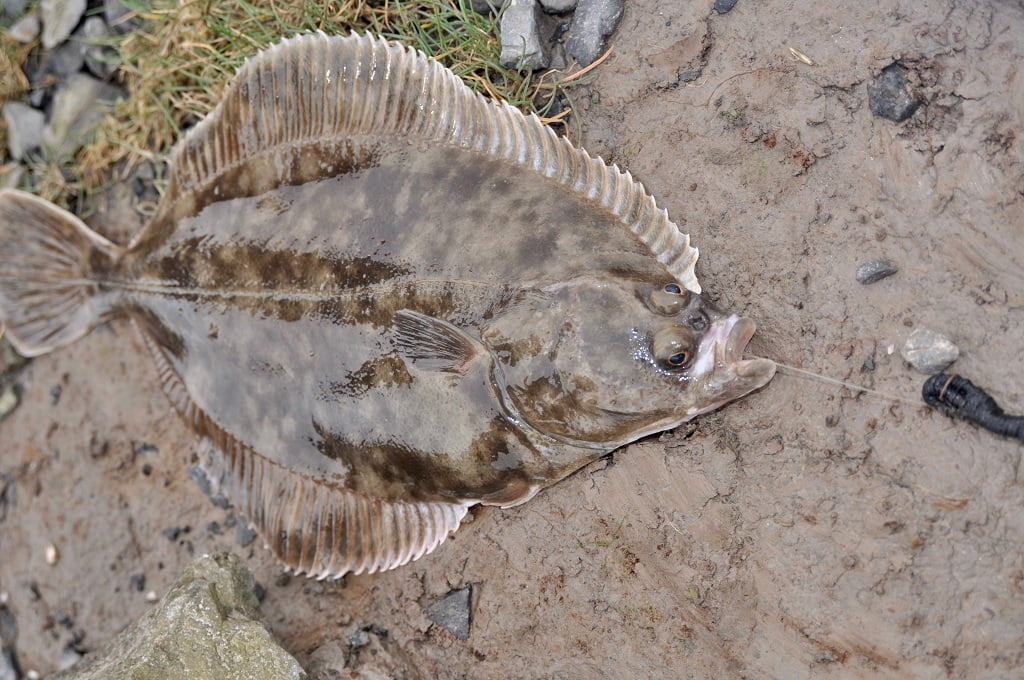
Traditionally artificial attractors and flounder go together like strawberries and cream, but in all honesty I think it’s what you put on your hook that ultimately makes the difference between success and failure.
If you are going to fish for flounder in the estuaries of Wales then you need maddies, also called mud worm and harbour rag, for bait: and that’s the paragraph on bait pretty much covered! Freshly dug blow lug can be very effective as can a juicy lumps of peeler crab. Near the open sea razorfish can be deadly bait, fresh cockles too, but none of these come close to being as effective for estuary flatties as maddies.
Regarding hooks, plan on using long shank Aberdeen patterns between about size 4 and 1/0; I favour Mustad’s classic flattie hook Ref: 3261BLN. Flounder are made for light tackle, as rarely will you need to use more than 3oz of lead, while more often than not you’ll get by with little more than an ounce. Also there is no need to cast big distances as frequently feeding flounder will be located just a few yards away from the creeping waterline, especially when the tide is flooding.
When you get a bite don’t be tempted to strike to quickly, as even a hungry flounder will take a while to fully engulf a squirming bunch of up to a dozen maddies. Also, by giving one fish time to feed you’ll increase the chances of a second finding one of the other baits.
3 PRODUCTIVE ESTUARIES TO FISH FOR FLOUNDER THIS WINTER
1 – The Lougher Estuary
2 – Any of the ‘Three-Rivers’ estuary
in Carmarthenshire, namely the
Towy, Taf & Gwendraeth.
3 – The Teifi Estuary
Words & Images: Dave Lewis
This feature was originally published in the ‘Wild Fishing Wales E-Zine’. Reproduced with permission of NRW.
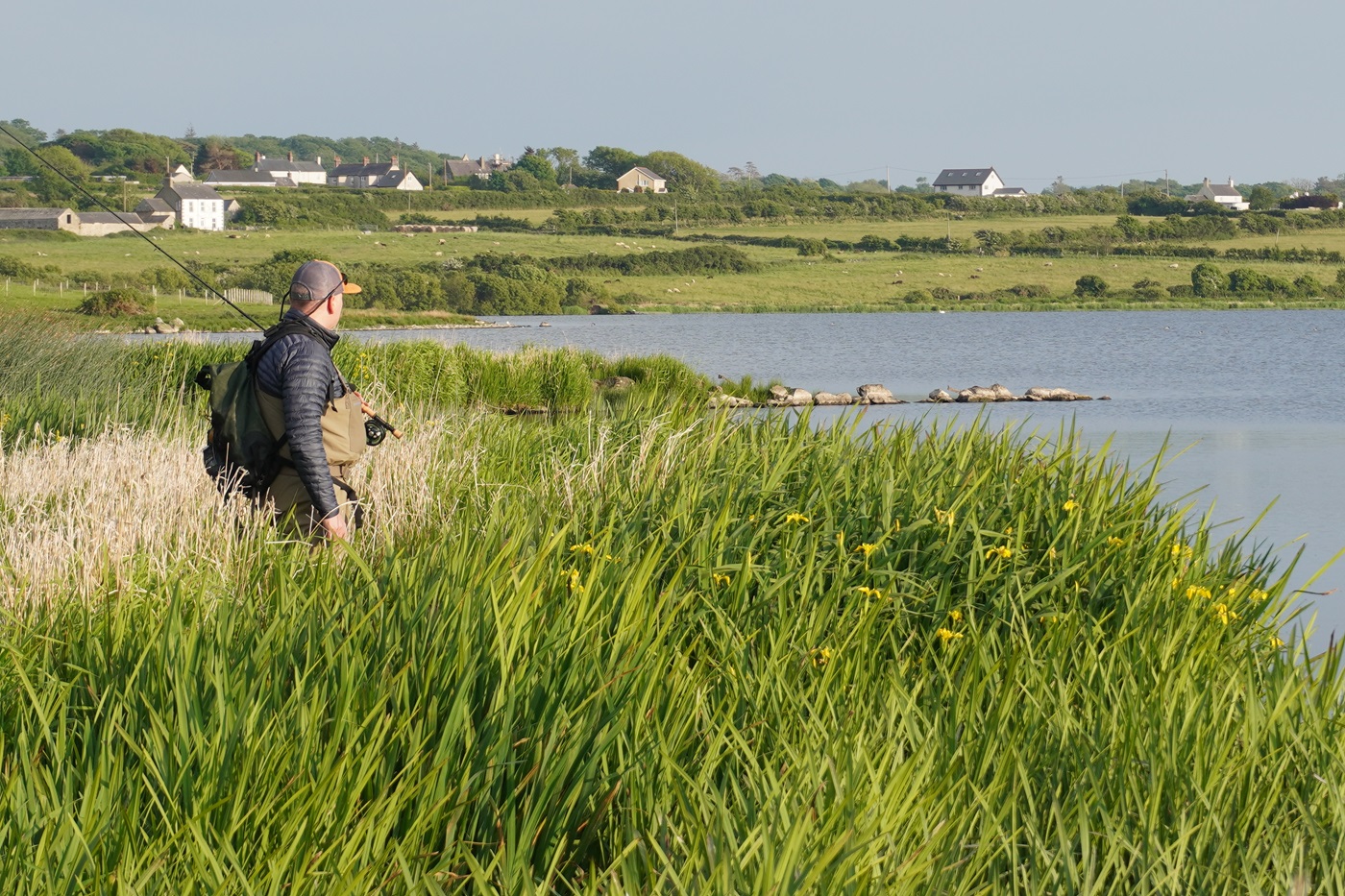
Llyn Coron Fishery Anglesey VIDEO
We visit Llyn Coron on Anglesey, where we talk to fishery manager David Griffiths about this stunning and unique venue,…
Read More
Fishing Clubs of Wales: Crow Valley Angling VIDEO
We join the Crow Valley Anglers on the Cwmbran boating lake, where we learn about the venue and the…
Read More
End of June 2025 Fishing Update – Game, Coarse and Sea
As we head into summer, anglers across Wales are enjoying a diverse range of fishing opportunities. While warmer river conditions…
Read More
